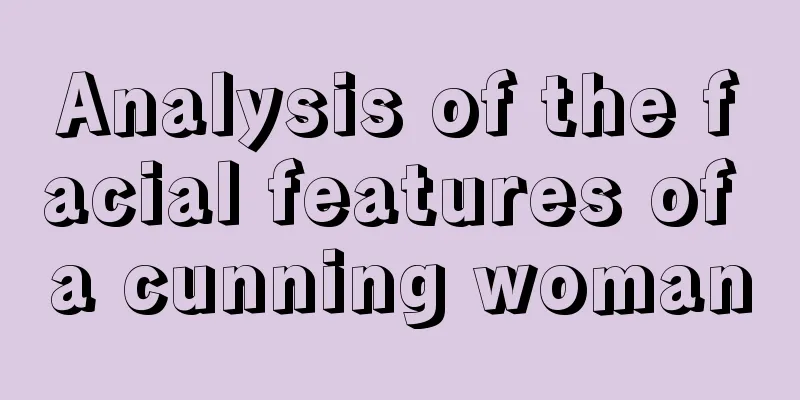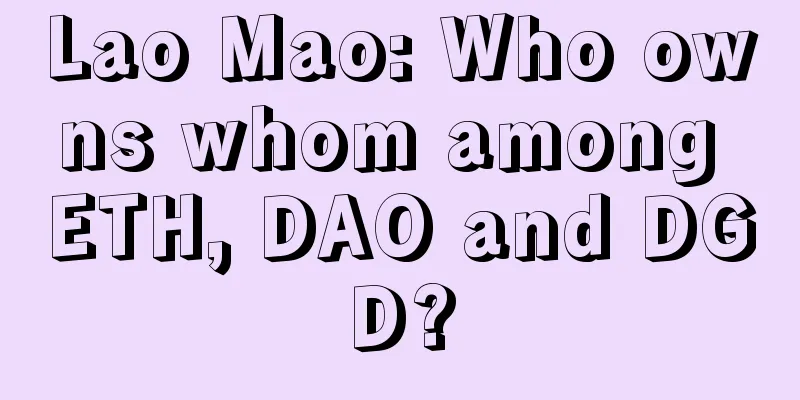Synereo "Blockchain 2.0": A better P2P economic foundation?

Synereo's "technical stack" allows its social network to operate without central servers, which are typically required to process network activity and store user information. Synereo claims that its architecture is better suited for storing larger media data, such as videos and images. In addition, it claims that its smart contract language is superior to other smart contract languages and can resist the recent DAO attack on Ethereum. What does the “Technology Stack” bring?Synereo's "technology stack" provides industrial-grade scalable distributed computing power for the first time. In the near future, it will be possible to deploy fully operational applications on this system, without the need for central servers. This will dramatically change the way the Internet works. Synereo recently announced a grant program, inviting entrepreneurs to develop distributed applications for its platform. The goal is to promote the development of a decentralized ecosystem to compete with the current centralized model. Synereo's "technology stack" consists of four layers that build on each other. The first layer is RChain, often referred to as “Blockchain 2.0,” which improves on the standard blockchain technology that Bitcoin and Ethereum rely on. A blockchain is a distributed ledger, a distributed database that records the state of the system on node devices to maintain the network, rather than on a central server. Bitcoin pioneers invented this technology to track Bitcoin transactions. Beyond Standard BlockchainAll standard blockchains have an essential flaw: in order to maintain reliability and consistency, all historical data on the entire blockchain must be copied to all devices that maintain the network (the first download process is quite painful). For example, the Bitcoin blockchain records every Bitcoin transaction. It is nearly 80G in size, and every miner who maintains the Bitcoin network must copy a copy locally, and there are tens of thousands of miners in total. This wasteful and unsustainable approach prevents the system from having any more complex applications. The same problem exists for Turing-complete blockchains such as Ethereum and Lisk. Every node (the device that maintains the network) must execute every action on the entire system. Unlike these projects, Synereo’s “RChain” is a parallel “shard” blockchain. “Shard” refers to the division of a blockchain into recombinable small parts that are tightly connected into a unified whole, but do not need to perform repeated calculations at the same time like Bitcoin’s blockchain. Parallelism means that these shards can cooperate to execute different processes without interfering with each other. RChain makes blockchain-based systems faster, easier to scale, and less expensive to maintain. Not every node in the network needs to verify the state of the blockchain, which means that the blockchain can be created faster. Each node only needs to maintain a fragment related to it, without having to store the entire network on every node at all times. This can divide the work so that different nodes can handle different problems at the same time. True scalability Such a system is truly scalable because its growth provides more resources instead of heading into the abyss of overclocking. At the same time, it also retains some storage, energy, computing power and other resources instead of wasting resources on redundant copies. Not to mention the large amount of heat energy "contributed" to global warming. Proof of Stake Each blockchain has a consensus protocol to ensure that the nodes maintaining the network have no chance to cheat. All nodes need to compare the calculation results to ensure that only the record that all nodes agree on will be recorded on the blockchain. There are many ways to achieve this. Classic Bitcoin uses Proof of Work (PoW), which increases the cost of attack by forcing each node to perform duplicate mathematical operations. This is a wasteful practice that takes time and energy, with millions of devices performing useless operations just to make the attack more expensive. Proof of Stake Casper ProtocolThe consensus protocol of RChain in Synereo is based on Ethereum’s PoS, Casper protocol, where consensus is cheap for everyone except those who attack. Each node must pledge some ether to the system to participate in mining. If a node intentionally sabotages and does not comply with the protocol, the system will punish the node by confiscating the previously pledged ether. Using a confidential deposit address will lead to a "no risk" problem, which means that sabotage will not result in financial losses. Casper requires ether to be pledged to the system first, and the ether pledged by the node that misbehaves will be confiscated by the system. Unlike Ethereum's Casper protocol, Rchain nodes do not verify all blocks, but verify logical relationships. A logical relationship is a set of statements about a block, for example: which transactions must be included and how to sort them; which transactions cannot be included; or other properties. Thanks to this design and the concurrency brought by blockchain sharding, a large number of transactions can reach consensus at the same time. Storage and transmissionA typical blockchain records the entire state of the system, which refers to the system that verifies transactions or executes smart contracts. It is not suitable for storing larger files such as videos, images, text, etc. Lucius Greg Meredith (CTO of Synereo) developed a cool protocol that can distribute large files among Synereo nodes and retrieve them on demand. This protocol is called "SpecialK" and has been in development for more than four years. It is a major innovation in distributed storage technology. SpecialK represents the evolution of distributed hashing (distributed key-value database). It also provides a domain-specific meta-language, providing developers with a familiar, unified API to obtain distributed data over the network. Two values are recorded when data is distributed, redundancy and sensitivity, to ensure that data is available where it is needed, otherwise it is hidden. Synereo has launched the beta version of the world’s first decentralized social network. Smart Contract LanguageRchain's native programming language, Rholang (reflective, high-level language) is comparable to Ethereum's Solidity. Compared to Solidity, Rholang is a procedural calculus-based programming language with a reflective mechanism, allowing parallel execution and high-level smart contracts to be composed of low-level ones. Rholang is a great improvement over traditional smart contract languages and blockchain scripting languages and can be classified as a stable programming language. The core features of Java, C#, and Scala all have reflection mechanisms. This feature allows developers to use one program to write other programs, so very complex applications can be built. Without the reflection mechanism, industrialization of scale is almost impossible. Rholang’s architecture also allows for better security testing and simulation. For example, if theDAO’s code had been developed based on Rholang, the DAO attack could have been avoided. Synereo’s recent fundraising effort is intended to fund its Tech Stack, which will kick-start the next phase of its development. The Synereo platform heralds the arrival of a decentralized Internet world where applications do not require centralized servers, allowing for proof of inspection and a freer flow of information. In the future, there will be a real P2P economy where individuals can cooperate more with each other and avoid taxes and fees brought by large platforms. Synereo’s RChain and these stacks are expected to be completed and fully operational in Q4 2017. |
<<: The Magical Ceremony of Bitcoin: How the Bitcoin Improvement Protocol (BIP) Was Created
>>: ChinaLedger Bai Shuo: Decentralization is not the essential feature of blockchain
Recommend
What does a man with pointed ears look like?
What does a man with pointed ears look like? Ever...
The financial lines on your palm can tell your financial management ability
It’s the end of the year, have the bonuses been d...
Judging from your face whether you are a good wife or a bad daughter-in-law
Judging from your face whether you are a good wif...
Fingerprints reveal the quality of your relationship and marriage
Fingerprints reveal the quality of your relations...
A comprehensive explanation of the facial features of women with high brow peaks
From the perspective of physiognomy, women with h...
Do men with moles on the palms have good fortune? What does a mole on the palm mean?
Fate seems unfathomable to many people, but in fa...
Facial features of good fortune after marriage
Facial features of good fortune after marriage Ev...
What does it mean when a mole grows on a woman's private parts?
Moles are one of the most important types of phys...
Uniswap may be suspended for a long time. Who will be the biggest beneficiary?
"The rewards are over!" At 8 o'cloc...
The facial features of a person who likes to flirt
The facial features of a person who likes to flir...
What do the lines between the eyebrows represent? Analysis of the lines between the eyebrows
Not only can one observe the good or bad of one&#...
GFIS Global Financial Technology Innovation Summit kicked off in Hainan - BAR chain community attended to explain the prospects of blockchain application
Hainan, China The first GFIS-Global Financial Tec...
2018 fortune for people born in the Year of the Sheep
Quietly, we have entered the second half of the Y...
What does it mean when a man has big ears?
Ears are used to hear from all directions. The si...
The facial features that indicate financial loss in middle age
The facial features that indicate financial loss ...









